Including Native Americans, Asian American, & Pacific Islanders in Higher Ed Institutions
Action to implement culturally specific programs for Asian, Pacific Islanders, and Native Americans are almost unheard of. Their unique cultures and historical relevance are too often ignored but due to separate circumstances. While one group is the model immigrant the other is virtually invisible. Close examination of their needs is required to device appropriate resources. Including Native Americans, Asian American, & Pacific Islanders in Higher Ed Institutions is vital to our growth of respectable and diverse workplaces.
Asian and Pacific Islanders
Asian and Pacific Islanders are mostly lumped into a singular group. Which makes them invisible to possible needs. “Model Immigrant” stereotype prevents them from reaching possible support academically, emotionally, and physically. Rarely were they part of racial inequities until recently.
Rising Asian hate crimes are elevating the awareness for support and resources for this group. However, distinguishing between the wide range of nationalities has yet to be widely recognized. This includes higher ed institutions who provide little resources for their Asian population.
Native Americans
Similarly, Native Americans receive little recognition for their achievements or needs. They bring forward great insights and understandings. However, you will not find their tribes’ flags on campus, leaving them invisible. Some colleges and universities recognize that they are built on native land. A small ceremony lends as a band aid without additional follow through. Universities must commit to actionable outreach to the displaced communities, who inhabited the land long before the institutions were set in stone.
Representation
Both populations, Asian and Native Americans, face almost opposite problems. While Asian professors represent almost 11 percent, Native Americans represent less than the Unknown population, which is 2.5 percent versus 0.2 percent. One group is perceived as the model immigrants and the other receives little to no recognition. However, both groups face a lack of support that is customized to their needs and cultural experience.
Leaders and staff of Higher Ed institutions need to push against the stream and begin to implement programs that integrate Asian, Pacific Islanders, and Native Americans that recognize their cultural individualities and implement policies that protects them. It is time to move beyond intentions and small gestures. Institution have to commitment and show responsibility to make good to those unattended and ignored.
One start would be to write the right job ads to culturally diversify and include those we ignore most. Including Native Americans, Asian American, & Pacific Islanders in Higher Ed Institutions workforce is one small step to recognize them.
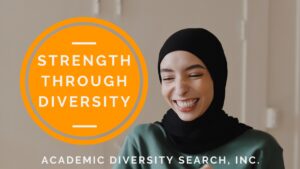




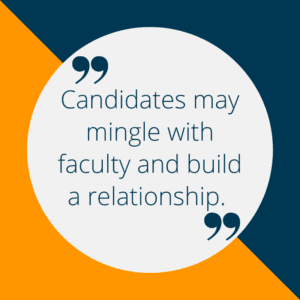
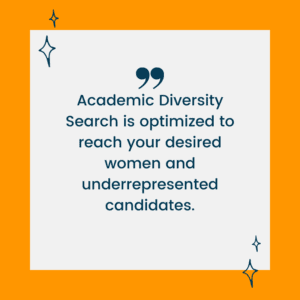

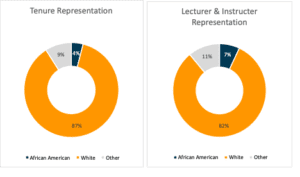
 Universities and research institutions thrive on inspiration, creativity, and innovation. They are pillars of progress. The most successful institutions produce the most cutting-edge technologies, systems, and cultural revolution. These developments are then adopted into our social network and improve our everyday lives.
Universities and research institutions thrive on inspiration, creativity, and innovation. They are pillars of progress. The most successful institutions produce the most cutting-edge technologies, systems, and cultural revolution. These developments are then adopted into our social network and improve our everyday lives.
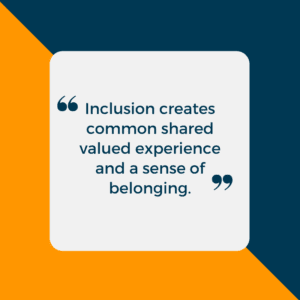 Once diversity became a focus and institutions began to hire underrepresented groups it became evident that the status quo work environment did not result in employee retention. Diverse groups cannot work well together unless they feel valued, and their needs are heard. Inclusion requires the employer to go beyond numbers of representation and create common shared valued experience and a sense of belonging. Inclusion maintains diversity because it allows all employees to be their selves at work while maintaining a professional, collaborative, and productive environment.
Once diversity became a focus and institutions began to hire underrepresented groups it became evident that the status quo work environment did not result in employee retention. Diverse groups cannot work well together unless they feel valued, and their needs are heard. Inclusion requires the employer to go beyond numbers of representation and create common shared valued experience and a sense of belonging. Inclusion maintains diversity because it allows all employees to be their selves at work while maintaining a professional, collaborative, and productive environment.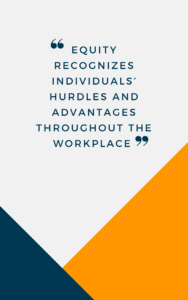 the workplace feel welcome, one must recognize that everyone
the workplace feel welcome, one must recognize that everyone
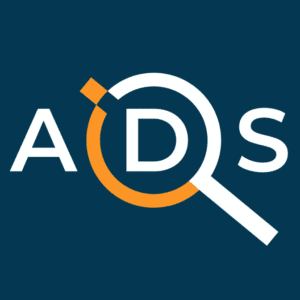 Logo
Logo